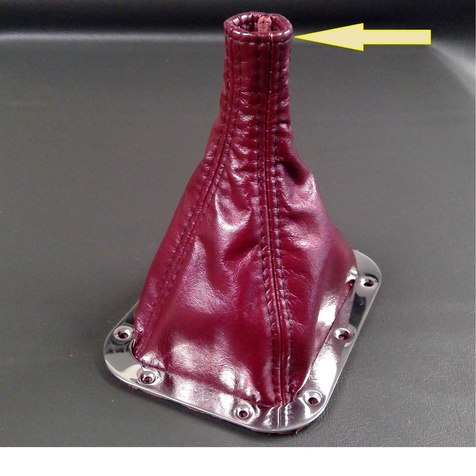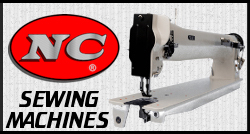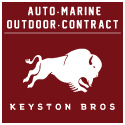-
 Greg Saucke
0All,
Greg Saucke
0All,
I have a shift boot project i'm going to start working on for a customer and this picture came up as an example. I have to areas of concern that i need help with.
First: Can the top ring of stitches be done with a machine or does this part need to be hand sewn?
Second: How to finish the last top stitch of the boot once all other seams and top stitches have been done?
Appreciate the input.
Thanks
Greg

-
 Keith Mayne
38Looks like three sides have been sen up first, then the top ring, then lastly the forth seam.Forth seam won't be a french seam.
Keith Mayne
38Looks like three sides have been sen up first, then the top ring, then lastly the forth seam.Forth seam won't be a french seam. -
 Hal Bast
13You can lay it out with all 4 being french, but the back of the boot will have a normal flat seam down the middle between the two french seams....sew all the french seams and top ring first, then with it inside out sew the normal flat seam. don't forget the seam allowance for the back seam. Hope that helps
Hal Bast
13You can lay it out with all 4 being french, but the back of the boot will have a normal flat seam down the middle between the two french seams....sew all the french seams and top ring first, then with it inside out sew the normal flat seam. don't forget the seam allowance for the back seam. Hope that helps -
 Jim Nishida-Adams
18This might help visualize the technique. Look closely at this tutorial from Brent Parker. However, for the back seam, sew the French seams FIRST, then sew the closing seam to finish.
Jim Nishida-Adams
18This might help visualize the technique. Look closely at this tutorial from Brent Parker. However, for the back seam, sew the French seams FIRST, then sew the closing seam to finish.
http://www.thehogring.com/2019/09/13/brent-parker-french-seam/ -
Jack Purdue
18When I sew boots, I sew each of 4 panels together. I then cut backs close lice mentioned in above post and sew 3 panels with French seams,BUT, I only sew them up to about an inch away from the top. Then sew a plastic wire tie or a string (your choice) into a seam in the top. After that, I then sew the last two panels together and turn them right side out and you can usually sew that last French seam up to within an inch from the top, just like the rest.I don't use my double stitch machine as you have to sew these seams very close together and sew from bottom, up, over, and down to keep thread locked. It actually looks good even though the French seams are not sewn all the way to the top. Try it out and you decide. Several of the after market boot makers for street rods use this method. That's how I first saw it. -
 Warren McClung
9Cechaflo on YouTube just did a video on this. Check it out. He does awesome work but sews the hard way in my opinion. I put the band face up and the curve on top face down. He wraps the band from the top which means you have to turn two different pieces at the same time to sew around a corner. But his stuf looks awesome.
Warren McClung
9Cechaflo on YouTube just did a video on this. Check it out. He does awesome work but sews the hard way in my opinion. I put the band face up and the curve on top face down. He wraps the band from the top which means you have to turn two different pieces at the same time to sew around a corner. But his stuf looks awesome.
Welcome to The Hog Ring!
This forum is only for auto upholstery pros, apprentices and students. Join today to start chatting.
More Discussions








- Terms of Service
- Useful Hints and Tips
- Sign In
- Created with PlushForums
- © 2025 The Hog Ring





